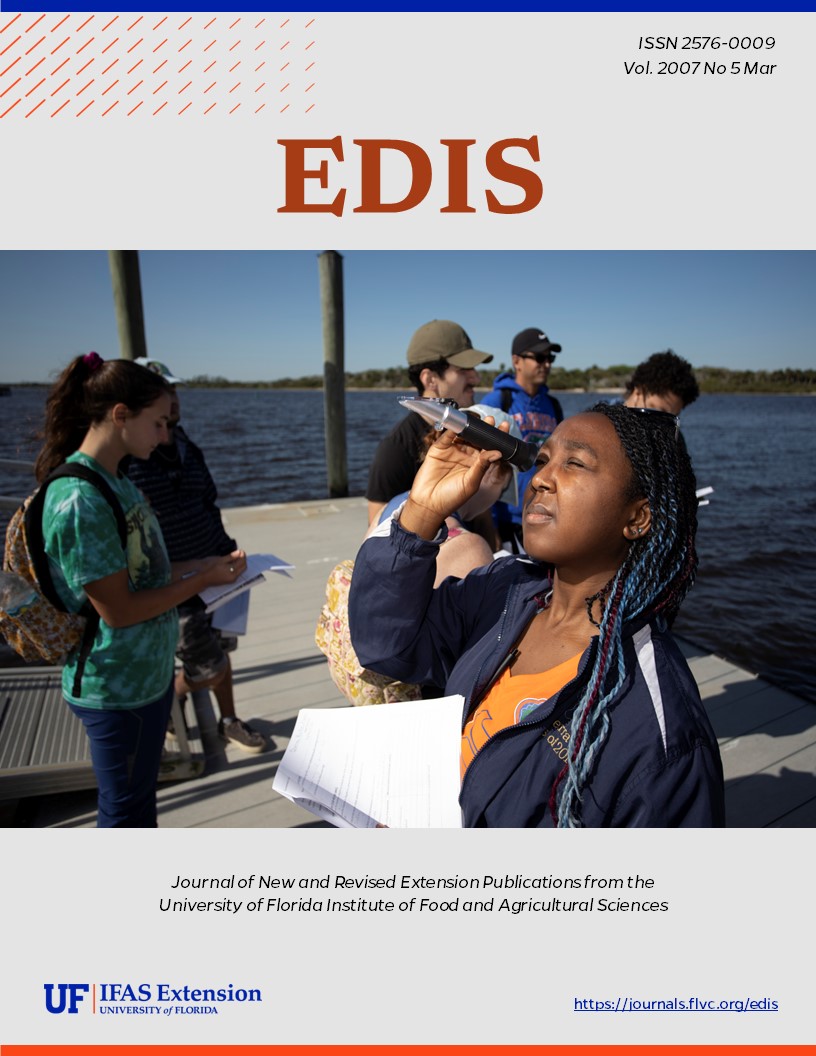Abstract
AEC-379, a 4-page illustrated fact sheet by Wendy J. Warner and Brian E. Myers, describes appropriate strategies for assessing learner achievement in settings where the learner is interacting with materials or models to better observe and understand to the topic at hand. Concept maps, Vee maps, and portfolios are discussed. Includes references. Published by the UF Department of Agricultural Education and Communication, November 2006.
AEC 379/WC060: Evaluating Learning in Laboratory Settings (ufl.edu)
References
Donaldson, N.L., & Odom, A.L. (2001). What makes swing time? A directed inquiry-based lab assessment. Science Activities, 38(2), 29-33. https://doi.org/10.1080/00368120109603607
Edmondson, K.M. (2000). Assessing science understanding through concept maps. In J.J. Mintzes, J.H. Wandersee & J.D. Novak (Eds.), Assessing science understanding: A human constructivist view (pp. 15 - 40). San Diego: Academic Press. https://doi.org/10.1016/B978-012498365-6/50004-4
Hyerle, D. (1995). Thinking maps: Tools for learning. Raleigh, NC: Innovative Sciences.
Llewellyn, D. (2005). Teaching high school science through inquiry: A case study approach. Thousand Oaks, CA: Corwin Press.
Myers, B. E. (2005). Incorporating science, math, and reading into the agriculture classroom: The role of the laboratory. The Agricultural Education Magazine, 77(5), 14-16.
Roehrig, G., Luft, J.A., & Edwards, M. (2001). Versatile vee maps. The Science Teacher, 28 - 31.
Vitale, M.R., & Romance, N.R. (2000). Portfolios in science assessment: A knowledge-based model for classroom practice. In J.J. Mintzes, J.H. Wandersee, & J.D. Novak (Eds.), Assessing science understanding: A human constructivist view (pp.167 - 196).San Diego: Academic Press.

